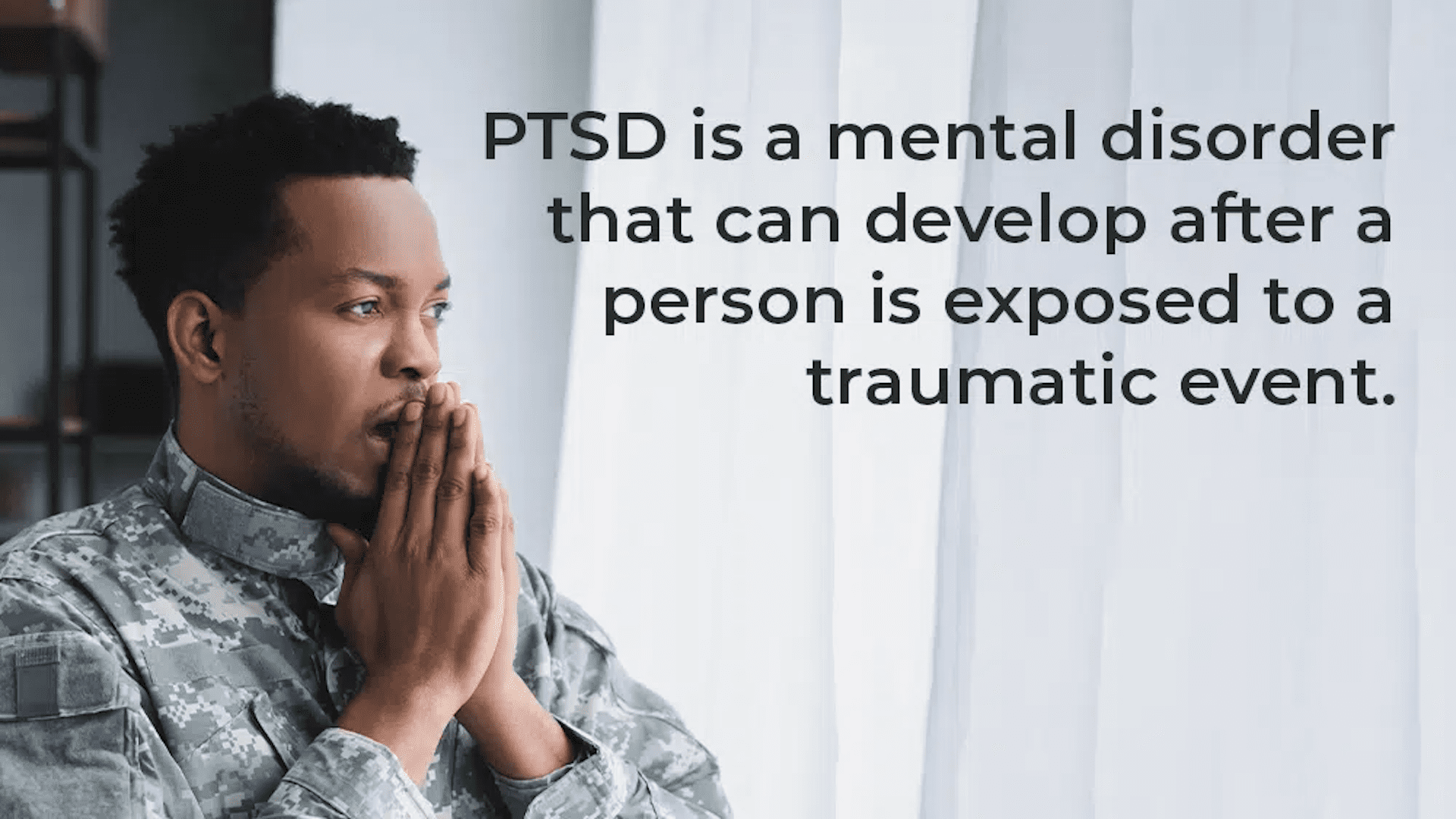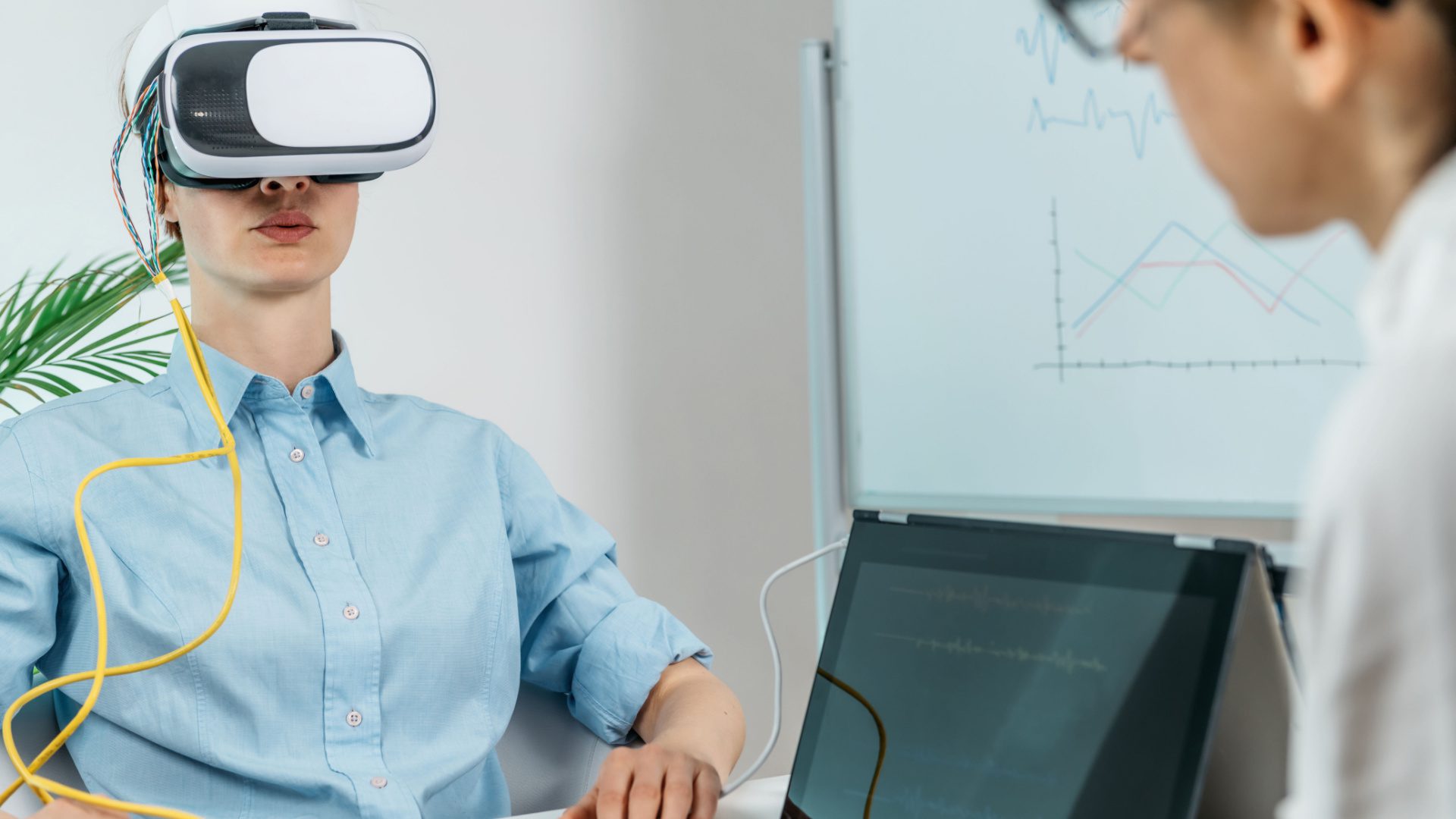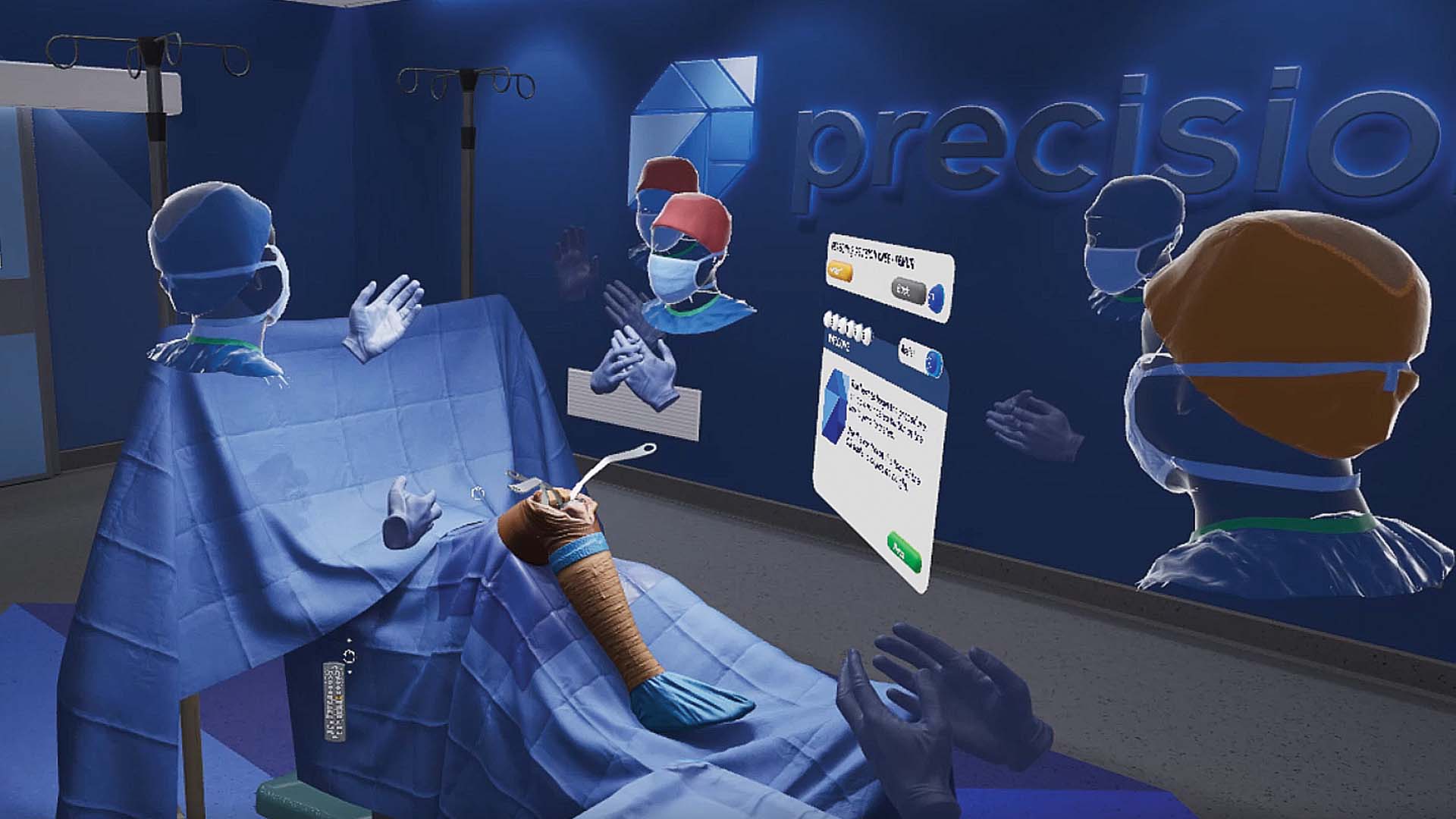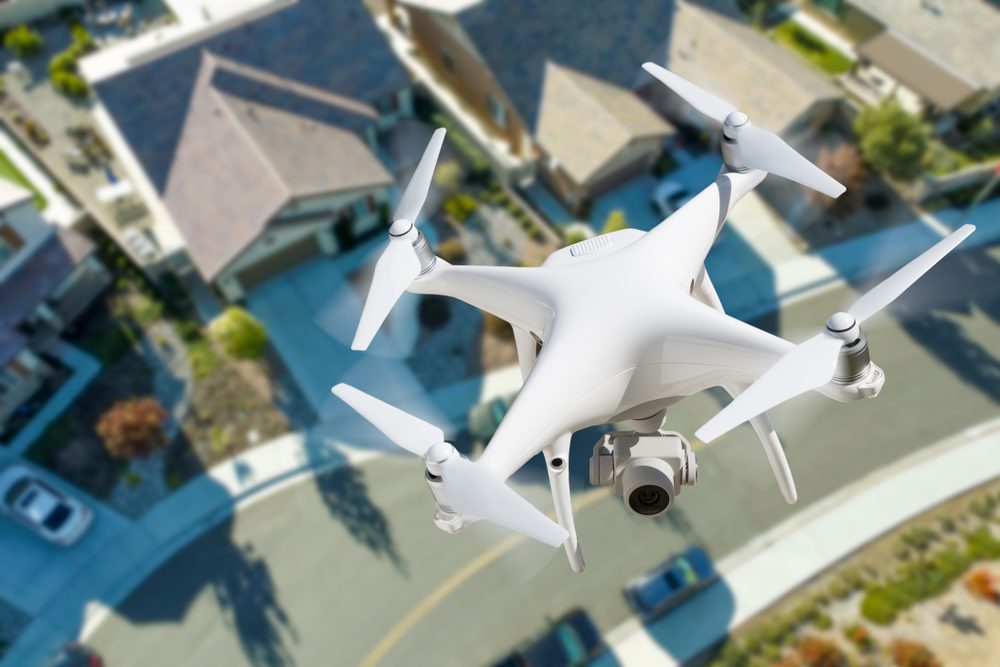Whether protecting freedom directly on the frontlines in a combat role or supporting the fight indirectly, veterans are exposed to a host of traumatic and stress-inducing events.
For many, coming home is just the start of another battle. While there has been a significant increase in awareness and sensitivity toward post-traumatic stress disorder (PTSD), many barriers still challenge recovery. This is especially the case for our veterans.
The convergence of technology like virtual reality (VR) with other treatments offers a new path toward a bright future for our veterans with PTSD.
Understanding PTSD
PTSD is a psychiatric disorder that manifests in individuals that have experienced or witnessed a traumatic event. PTSD often causes individuals to share intense, disturbing, and intrusive thoughts that stem from their experience long after it has passed, often decades later. These feelings usually occur as flashbacks, nightmares, or lingering depression and anxiety, among an array of other symptoms.

Causes of PTSD
PTSD is usually caused by a single traumatic event or experience that the individual lived through or witnessed. Veterans are more stressed and more likely to experience a traumatic event than their civilian counterparts. This is because many veterans experience combat, and serving unfortunately places even non-combat veterans at considerable risk as they are often in high-stress environments. Sexual assault and harassment are just as common in the military as in the civilian world.
It’s safe to say that many veterans battling PTSD when they return home should not be a surprise. It’s an unfortunate reality that thousands will face every year.
Some of the most common reasons behind the prevalence of PTSD among veterans include combat exposure, sexual trauma, lack of social support, and traumatic brain injuries.
Symptoms of PTSD
When veterans experience PTSD, they often reexperience their traumatic event. This can come in the form of nightmares, flashbacks, and frightening thoughts that are intrusive and often debilitating. These waves of emotions can come suddenly when triggered by something that reminds the veteran of the experience. One typical example is fireworks on the 4th of July, placing veterans back into the combat zone.
PTSD also causes other lingering effects that persist beyond triggered reexperiencing their trauma. Veterans with PTSD tend to have altered cognition and mood that can cause them to have negative thoughts about themselves, others, or the world around them. It’s also common for them to feel guilt and blame themselves for the trauma that they have experienced.
Finally, PTSD makes many veterans avoid anything that could potentially remind them of their trauma, such as people, locations, activities, or specific items. This can make it difficult for them to navigate their daily lives as they may find it challenging to hold social relationships, hobbies, or employment.
What is Virtual Reality?
Virtual Reality (VR) is a technology designed to simulate the experience of events outside of the real world. Think about it like putting on goggles that allow you to exist in and interact with another reality. It is designed to immerse individuals much more deeply than watching something on a TV screen or monitor.
Powered by computers, it has been used for gaming, entertainment, education, and training in small capacities for years. While it is not a new technology, it has experienced significant technological advancement backed by increased processing power and the development of new, more powerful hardware that allows users to experience something that feels real, even if it is not.

The Benefits of VR Therapy for PTSD Among Veterans
One of the barriers to treating PTSD among veterans is that directly confronting your trauma is an integral part of treatment for PTSD, called exposure therapy. However, for veterans that have experienced trauma stemming from situations that involve combat or being in a combat zone, their experience is not easily replicated.
That’s where VR is breaking new ground in treating PTSD among veterans. The sights, sounds, and other elements from their trauma can be replicated in a controlled environment for veterans to work through, often in combination with other treatments such as CBT. This is called virtual reality exposure therapy (VRET).
VRET allows veterans to experience the benefits of exposure therapy with the use of VR technology to decrease the intensity of veterans’ stress responses to their triggers.
The benefits of VR therapy for PTSD among veterans include enhanced exposure therapy, confrontation of trauma in a safe and controlled environment, realistic experiences that immerse the veteran, and gradual desensitization. Additionally, VR therapy can also build mental resilience, increase motivation in confronting PTSD, and work with other evidence-based treatment options. Lastly, it is confidential and accessible.
So how does it actually work?
While every treatment plan is slightly different, veterans can expect to discuss their trauma with their therapists before their therapist creates a simulated environment for the veteran to experience in the VRET. The veteran will then use a virtual reality headset along with headphones to immerse the veteran into the orchestrated environment.
This way, the veteran can confront their traumatic event in a way that was otherwise not possible. Because VR technology has become so advanced, often able to mimic real life closely, VRET is becoming an increasingly used option for veterans with PTSD.
Continued use of VRET can gradually desensitize veterans to their trauma and build mental resilience by exposing them to increasingly challenging simulations.
VRET is an exciting and promising new option for veterans in combating PTSD. While studies have reinforced its efficacy, it should be noted that this is still an emerging realm for PTSD treatments, and any veteran interested should inquire with trained mental health practitioners and therapists who can design a plan that aligns with the veteran’s needs.







